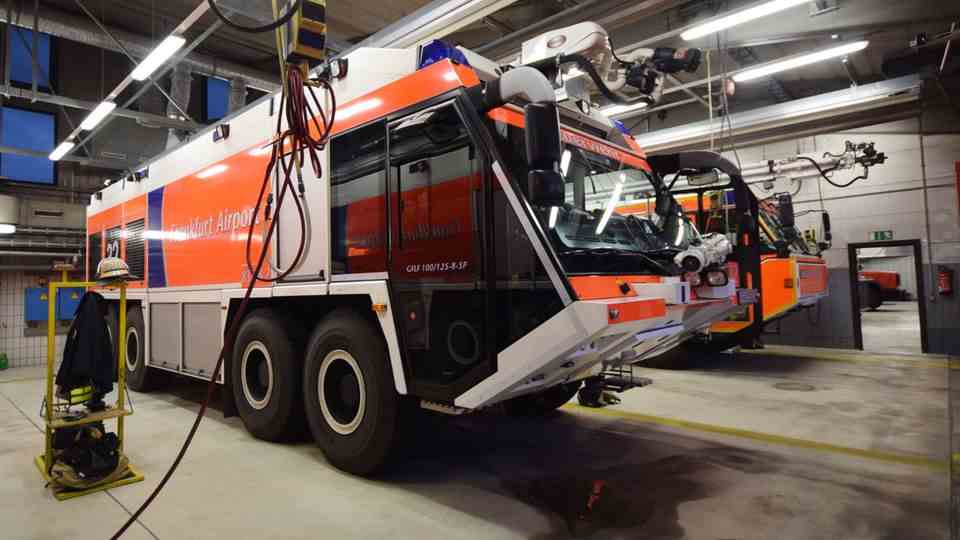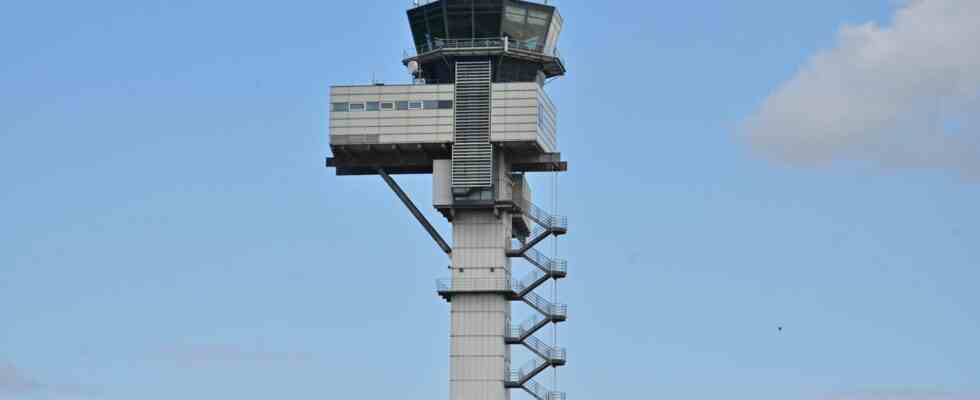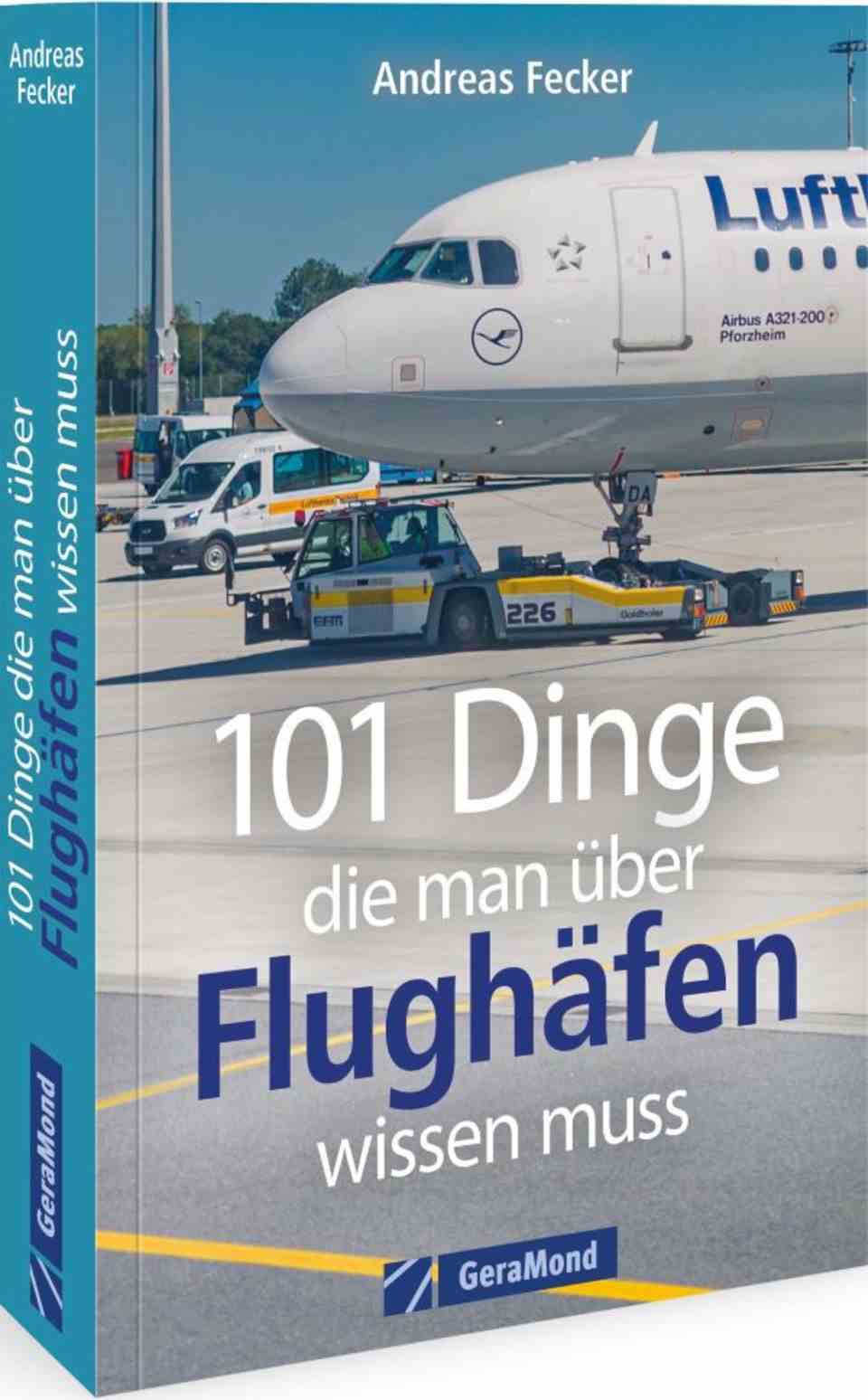Their workplace is high up in the control tower: air traffic controllers coordinate more than just traffic. Our author looks behind the scenes of an airport and surprises with amazing information.
By Andreas Fecker
As soon as a pilot starts the engines of his machine, he places himself in the hands of air traffic control; until he switches off the engines again after landing.
The traffic “on the plate”, or apron, between the parking areas, the buildings and the gates is directed at large airports by an apron control. This can be spatially, organizationally and operationally separated from air traffic control and is then generally subordinate to the airport administration.
Space on the apron is cramped, hundreds of service vehicles dart around between the planes, that can’t be a job for air traffic control, which has to have an overview of taxi and flight movements throughout the airport.
Ground Control takes care of starting and taxiing clearances. Especially when working with 25 left, 25 center and 25 right as well as the 18 in Frankfurt, the rolling processes become more and more demanding.
When working in the tower, it is important to bring the aircraft, whether large or small, into an economical take-off sequence as quickly and directly as possible without stopping them too often. Because every braking process requires a new roll, and every roll from a standstill costs fuel unnecessarily. Dodging via parallel taxiways with right-angled curves is not desirable. Even if it looks sublime from the outside how a fully fueled jumbo seems to roll effortlessly around the corner, the flexing of the 18 tires has a much more dramatic effect on their life than the contact with the runway when touching down at 260 kilometers per hour.
Controllers under pressure to make decisions
The order of take-off is determined by the time slots assigned by Brussels River Control, departure direction, departure route, speeds, wake turbulence for wide-bodied aircraft and the assigned initial altitude. However, since landings are also taking place at the same time, the tower, in consultation with the approach control, must also create gaps and windows here that enable a balanced take-off and landing.
If you now know that a single waiting pattern can be the decisive factor in deciding whether the flight makes a profit or a loss, especially for low-cost airlines that calculate tightly, you can imagine the pressure on the controllers to make decisions. Because the airlines are not willing to accept delays so easily. The business is tough, so the consideration for air traffic control-related constraints is correspondingly low. It’s just a good thing that the air traffic controllers still perform a sovereign task and are not employed by the airlines.
But the tower is far from being fully utilized with take-offs, landings and taxi clearances. There are fly-throughs and overflights of small planes or helicopters inspecting pipelines, high-voltage lines or highways. Especially at the regional airports, these represent a considerable amount of traffic.
The open spaces between the lanes are also carefully observed. Because deer, rabbits and small animals live on the fenced, sometimes wooded area, which could get in front of a landing plane. At best, they are prey for birds of prey, which in turn pose a serious threat to flight operations.
No hassle in an air emergency A Ziegler Z8 airfield fire engine in fire station 3 at Frankfurt Airport © Till Bartels
Everything is different when an air emergency intervenes. That throws all plans overboard. The hustle and bustle on the tower does not break out, but the sound is noticeably more tense. You are in contact with the fire brigade and inform them about the measures, you interrupt take-offs, hold off landings until the situation is clarified. In 99 out of 100 cases, everything goes without further complications. But if, for example, a landing gear buckles during landing, the consequences for regular flight operations are much greater. Then other flights may be diverted with all the consequences for the passengers and their connecting flights.
These are the days when even the last envious person will realize why air traffic controllers are paid well. A seemingly harmless incident often leads to a whole series of escalating events. Then the men and women in the tower are confronted with situations that no one could have imagined before.
The consequences of a denied landing permit at a civil airport weigh heavily. If a single feeder plane with 200 passengers has to land in Stuttgart instead of Frankfurt due to heavy traffic, bad weather or an incident on the runway, this may mean 200 train tickets to Frankfurt, missed connections to America or Asia, expensive overnight stays in airport hotels and all surely 200 angry passengers and disappointed collectors at the destination airport. In the holiday season, travelers have to be distributed to other, already full machines, the shock wave spreads, like throwing a stone into a still pond. This is exactly what constitutes the pressure and the responsibility: to work in a fragile balance day in and day out without compromising security, to juggle along a hair’s breadth along an airport’s capacity limit that has been exhausted to the second.
The controllers on the Frankfurt Tower have to process 1,400 flight movements a day, and at peak times there are 90 take-offs and landings per hour.
Out of: “101 things you need to know about airports” by Andreas Fecker. Published by Geramond, 192 pages, price: 16.99 euros.
This article contains so-called affiliate links. There is more information here.



